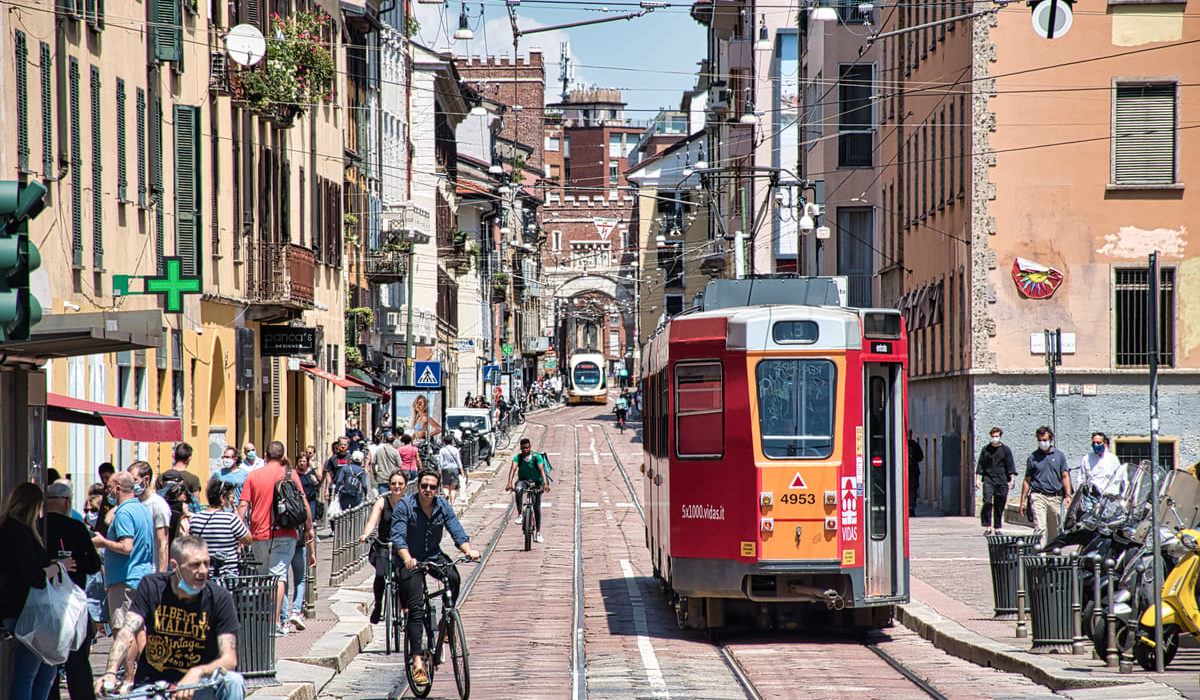Milan’s Real Estate Bucks National Italian Trends: Two-Room Apartments Remain Favored Despite Declining Popularity
The compact two-room apartment has long been the preferred property type for Milanese buyers, though recent data shows this preference may be gradually shifting
In Italy’s competitive urban housing markets, property preferences reveal distinct regional patterns, with Milan consistently demonstrating its unique position in the national real estate landscape. While most major Italian cities show a clear preference for three-room apartments, Milan continues to march to its own rhythm – though recent data suggests the beginning of a potential shift in buyer behavior.
According to comprehensive market analysis conducted by the Tecnocasa Group Research Office, three-room apartments dominate Italy’s major urban centers, representing 34% of available properties. Four-room units follow at 24%, with two-room apartments constituting 22% of the market share across Italy’s largest cities.
Milan, however, presents a striking exception to this national pattern. The Lombard capital’s housing inventory remains heavily concentrated on two-room apartments, which represent 31% of available properties—though this figure has decreased compared to previous measurements.
This longstanding Milanese preference for compact living spaces stems from multiple market factors. Two-room apartments have historically been the preferred choice for Milan buyers, partly due to their greater prevalence in the market, but also because their smaller square footage translates to more accessible price points in one of Italy’s most expensive real estate markets.
The city’s distinctive preference for more compact living spaces reflects both practical economic considerations and the urban lifestyle preferences of its residents. However, the declining percentage of two-room apartments in the overall market may signal an evolution in buyer preferences or development priorities.
Meanwhile, housing supply constraints continue to shape Milan’s real estate dynamics. The city faces an ongoing shortage in housing inventory, despite continued development of new construction projects that remain attractive to potential buyers who increasingly prioritize newer properties. This supply-demand imbalance creates a two-tiered market where properties requiring significant renovation linger unsold while newer or well-maintained units move quickly.
As new construction projects continue throughout Milan, they respond to clear market signals—buyers strongly prefer newly built properties with modern amenities and energy efficiency features. This preference for new construction is creating further segmentation in the market, with older properties requiring substantial renovation work experiencing extended listing periods.
The city’s housing market continues to reflect Milan’s status as Italy’s financial and fashion capital, where space commands a premium and practical considerations often drive purchasing decisions. Whether the declining percentage of two-room apartments signals a fundamental shift in the market or merely a temporary fluctuation remains to be seen, but it represents an important trend for investors, developers, and prospective buyers to monitor in the coming months.
As Milan evolves, its real estate preferences provide a window into the changing priorities and economic realities of Italy’s most dynamic urban center. While two-room apartments maintain their position as the city’s most prevalent housing type for now, the gradual shift suggests Milan may eventually align more closely with national trends—or perhaps establish entirely new patterns reflecting its unique position in Italy’s urban landscape.

